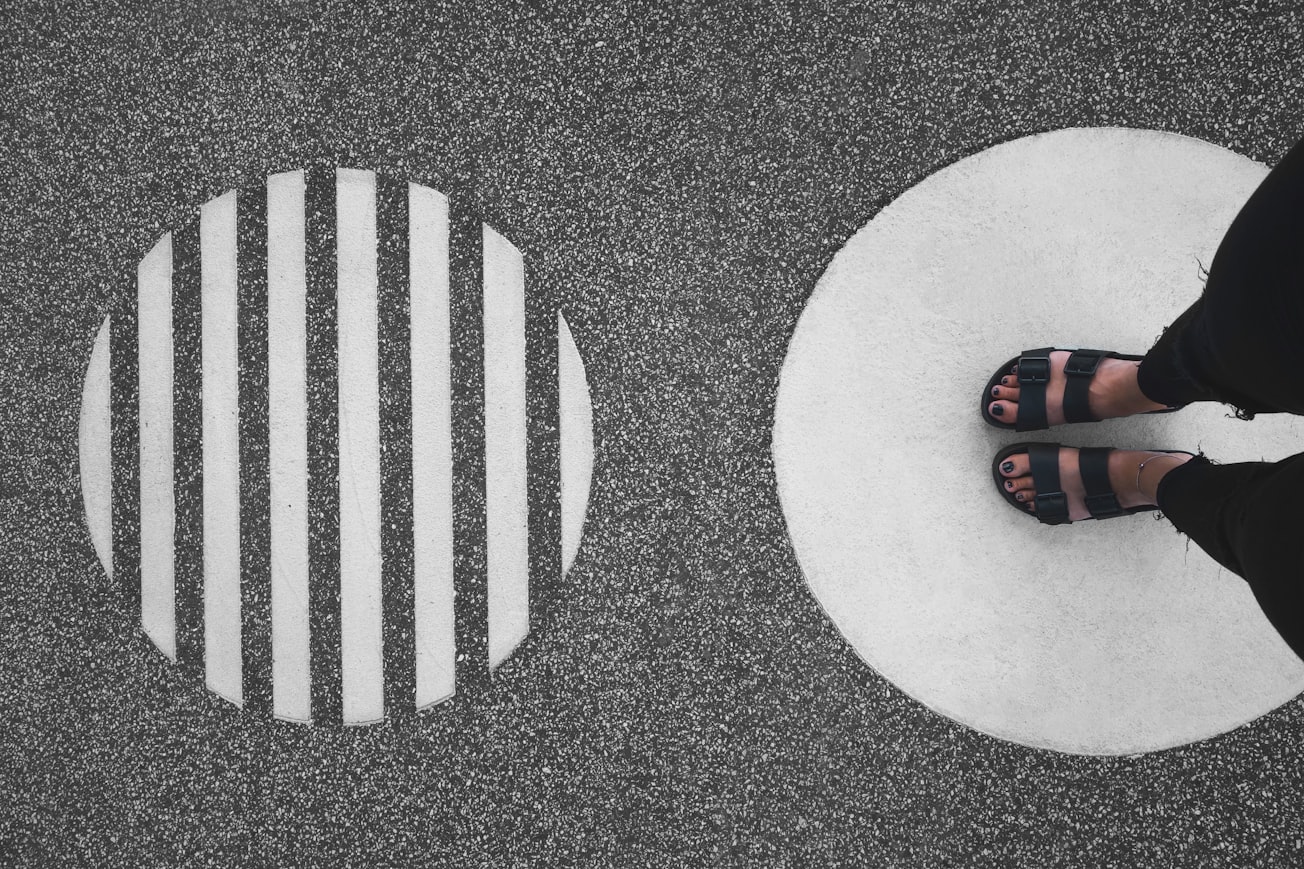What is it about?
Concerned with questions of ethics in design, the paper highlights second-order design cybernetics as an approach to design that has inscribed in its conception a radical openness toward the future and the agency of others. Design Cybernetics, the paper argues, creates a suitable frame of reference for conceiving social systems of all kinds, including environments that are designed to be inhabited. The second-order conception of art of Gordon Pask, his collaborators, and pupils, can be seen to follow John Dewey's 'grounding' of art in experience. Its focus, however, is slightly different, as it emphasises the capacity of art to open an intersubjective space.
Featured Image

Photo by travelnow.or.crylater on Unsplash
Why is it important?
The paper identifies an aesthetics grounded in the process of living-with-others as an ethical principle implicit in second-order cybernetics thought. It is an aesthetics that is radically open for the agency of others. The interconnection of aesthetics and ethics in the second-order cybernetic conception of art and design is unique and has not yet sufficiently been highlighted. Linking aesthetics and ethics, the paper's contributions are of specific value for practitioners and theoreticians of design.
Perspectives
I hope my article will contribute to a better understanding of how second-order cybernetics provides for unique, so far overlooked, opportunities for re-thinking design research, aesthetics and the philosophy of art.
Dr. Claudia Westermann
Xi'an Jiaotong-Liverpool University
Read the Original
This page is a summary of: The art of conversation: design cybernetics and its ethics, Kybernetes, January 2020, Emerald,
DOI: 10.1108/k-03-2019-0186.
You can read the full text:
Resources
Contributors
The following have contributed to this page







